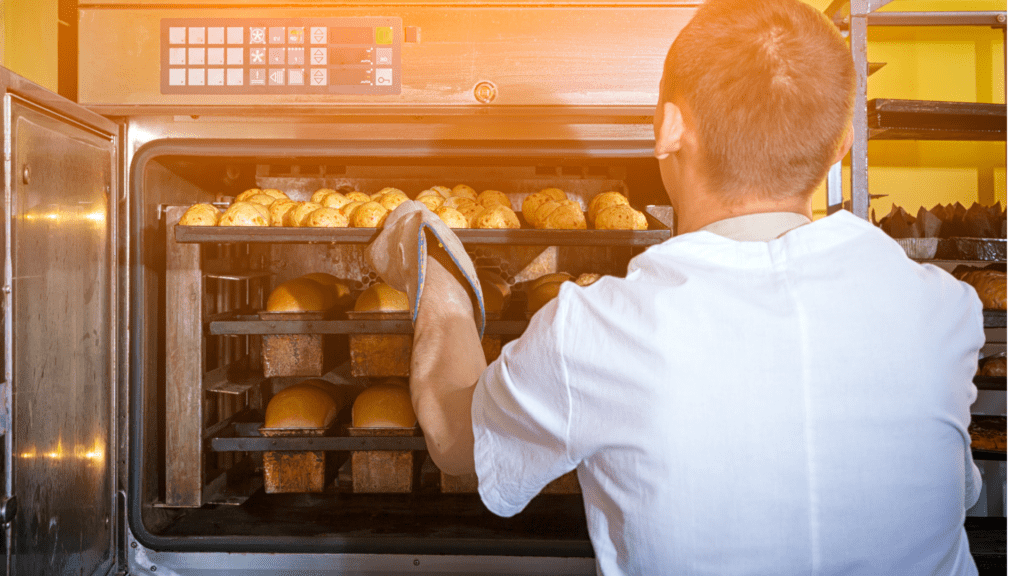A Meme and a Staple
Waffle House: The Curious Restaurant Chain
Waffle House is more than just a restaurant chain—it’s a unique slice of American culture that has captured the hearts of millions.
Founded in 1955, this iconic eatery is known for its round-the-clock service, simple yet beloved menu, and a welcoming atmosphere that feels like home to many.
Whether you’re stopping by for a late-night meal or an early breakfast, Waffle House offers a consistent experience unlike any other.
What makes the place truly curious is how it has grown from a single location in Georgia to hundreds of outlets across the United States, all while maintaining a distinctive charm and community feel.
It’s a place where strangers become friends and time seems to slow down, making it a cornerstone of the regions it serves.
In this article, we’ll explore the fascinating story behind Waffle House, what sets it apart, and why it continues to hold a special place in American life.
If you’ve ever wondered what makes this chain so beloved and peculiar, keep reading to uncover the secrets behind the waffles!
Read More
Origins of Waffle House
Waffle House was founded in 1955 by Joe Rogers Sr. and Tom Forkner in Avondale Estates, Georgia.
Their vision was to create a friendly neighborhood diner that served quality food quickly and affordably, operating 24 hours a day. This was a novel concept at the time, as most restaurants closed late in the evening.
The founders focused on simplicity, both in the menu and the atmosphere, which helped establish the restaurant as a go-to spot for locals and travelers alike.
The original location quickly became popular for its waffles, hash browns, and coffee, staples that remain central to the menu today.
Early challenges included building customer trust and managing operations during off-peak hours, but the commitment to consistent quality and round-the-clock service paid off.
By the late 1960s, the chain began expanding across the southeastern United States, setting the stage for the cultural phenomenon that it would become.
What Makes Waffle House Unique?
Several factors contribute to Waffle House’s unique position in the restaurant world.
First, its 24/7 service model means customers can rely on it any time of day or night, a feature especially valued by shift workers, travelers, and night owls.
The menu, intentionally simple, focuses on classic American diner fare—waffles, eggs, bacon, and the famously customizable hash browns.
Another key aspect is the chain’s strategic location choices, often positioned near highways and in communities underserved by other dining options. This accessibility reinforces its role as a convenient, dependable stop.
Moreover, the atmosphere at local restaurants is casual and welcoming, with friendly staff who know regular customers by name.
This sense of community connection turns many visits into more than just meals—they become social experiences.
Cultural Impact and Popularity
Waffle House has woven itself into the fabric of American culture in unique ways. It has been referenced in songs, television shows, and movies, often symbolizing comfort, resilience, and a sense of home.
The chain’s unmistakable yellow signage and open kitchen design make it instantly recognizable and a cultural icon in the South and beyond.
Notably, the chain has inspired a loyal fan base who appreciate its consistent food quality and late-night availability.
Musicians like Jason Aldean and the Jonas Brothers have even immortalized the brand in their lyrics, highlighting how it represents more than just a place to eat—it’s part of a lifestyle.
The chain’s role as a community hub means it often serves as a meeting point for people from all walks of life, reinforcing its popularity.
Challenges and Resilience
Despite its success, Waffle House has faced numerous challenges over the decades. Economic downturns, changes in dining trends, and competition from fast-food chains have tested its business model.
However, its focus on simplicity, affordability, and reliable service has allowed it to remain relevant. The chain is also known for its resilience in the face of natural disasters.
The term “Waffle House Index” was coined by FEMA to describe the restaurant’s ability to stay open during hurricanes and emergencies—a testament to its dedication to community support and disaster preparedness.
Waffle House’s Place in American Life Today
Today, Waffle House operates more than 400 locations across 25 states, primarily in the South.
Its enduring appeal lies in its ability to balance tradition with adaptation, maintaining core values while updating its menu and technology to meet modern demands.
Night-shift workers grabbing a quick bite, families enjoying weekend breakfasts, night owls craving sweets, all these people help the chain remain a recurrent option.
Its quirky charm and dependable service make it much more than a restaurant—it’s a cultural institution.
Conclusion
Waffle House stands as a fascinating example of how a simple concept—serving hearty food around the clock in a welcoming environment—can grow into a cultural icon.
Its story is one of resilience, community, and timeless appeal, transcending the boundaries of a typical restaurant chain.
For many Americans, the restaurant is more than just a place to eat; it’s a comforting constant in a changing world.
As the chain continues to expand and adapt, it remains rooted in the values that made it special: accessibility, consistency, and a friendly atmosphere.
Whether you’re a local or a traveler passing through, a visit to Waffle House offers a unique glimpse into a cherished slice of American life.
Frequently Asked Questions on Waffle House
1. What makes Waffle House different from other diner chains?
Waffle House operates 24/7 with a simple, consistent menu and a welcoming atmosphere, often serving as a community hub.
2. Where was the first Waffle House located?
The first Waffle House opened in Avondale Estates, Georgia, in 1955.
3. Why is Waffle House important during natural disasters?
Due to its resilience, FEMA uses the “Waffle House Index” to assess disaster impact based on whether Waffle Houses remain open.
4. How many Waffle House locations exist today?
There are over 400 locations, primarily in the southeastern United States.
5. Has Waffle House appeared in popular culture?
Yes, it has been featured in songs, TV shows, and movies, symbolizing comfort and Southern culture.


